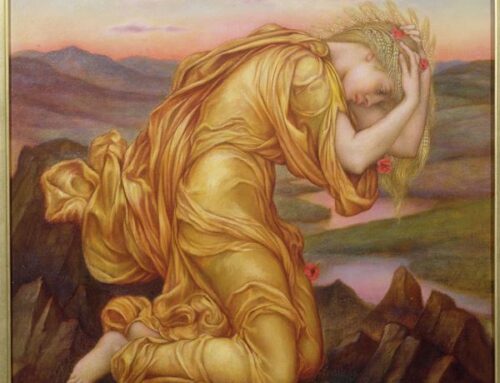
Back in April 2013, the De Morgan Foundation invited local teachers from state and independent primary and secondary schools to the Centre in Wandsworth for a welcome evening. We were seeking their advice and expertise on how best we could use the wonderful collection as a teaching resource. We were overwhelmed by their enthusiasm and creative solutions to the problem we had posed.
On that teachers evening there was a real excitement amongst the teachers when we looked at William De Morgan’s use of mathematical devices in his ceramic designs. The pattern, shape, symmetry and ratio that can be seen in his elaborate designs allow for them to be used as tools to teach KS2 mathematics. There was a real excitement between the class teachers and De Morgan staff as we realised that school trips to learn about maths were incredibly rare, and virtually nonexistent in art collections.
Following on from this insightful evening, research began to assess whether a maths and art school trip was indeed a plausible concept that would actually benefit KS2 mathematicians. The results were astonishing. Studies by leading pedagogists and educational psychologists showed that children who are visual or kinaesthetic learners do not easily comprehend the abstract concepts taught in maths class, but using the visual arts to show these children what a line of symmetry, for example, looks like can really improve their understanding.
Further research into William De Morgan’s own understanding of mathematics, largely taught to him by his father Augustus De Morgan who was the first professor of mathematics at UCL and the founder of London Mathematical Society, indicated his great love of the subject.
Following the establishment and success of sessions taught in the De Morgan Foundation’s gallery space, we sooner realised that there was much more potential in our maths and art idea. Thankfully the Esmée Fairbairn Foundation and the Museum’s Association, the Art Fund and London Mathematical Society thought so too and in March 2016 Sublime Symmetry, the exhibition based on teaching art at KS2, opened in Towneley Hall, Burnley.
Given the obvious links of the exhibition with maths taught in school, a key factor of the Sublime Symmetry was to have a strong education and outreach programme. We were fortunate enough to meet 3D Enterprise to help us with this. 3D Enterprise are a new company at the forefront on 3D scanning and printing technology. They were as excited as we were about exploring the De Morgan Collection with this new technology, which echoes De Morgan’s own aptitude and skill for transferring designs across dimensions.
Following a session with us at De Morgan HQ where the team produced a high quality 3D scan of De Morgan’s fabulous Raised Griffin Tile, they used their cutting edge equipment back at their offices to cut a scaled up replica of the griffin tile design into beautiful sheets of wood. This was then made into tiles which form a sliding puzzle for exhibition visitors. The game involves having to reorder the jumbled tiles to recreate the griffin. It’s an excellent tool for children to engage with which allows them to explore the ways in which designs are constructed. Their physical rearrangement of the pieces means they can practically make connections between the images on each tile and improve their reasoning. (It’s been a hot with big kids too!)

We are incredibly grateful to 3D Enterprise for creating this interactive and fun educational tool for the exhibition.






